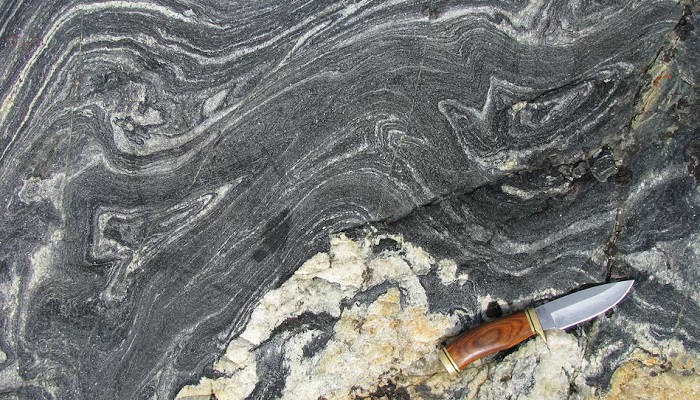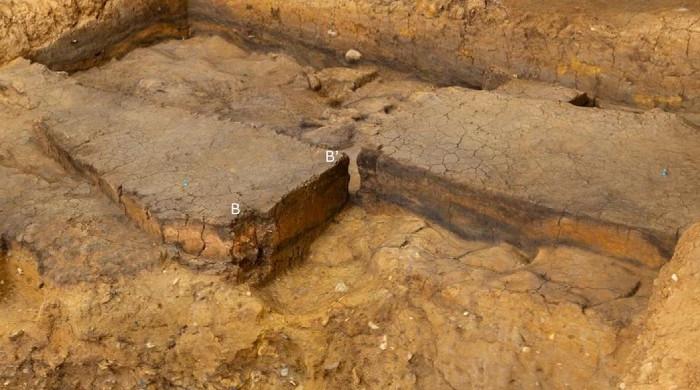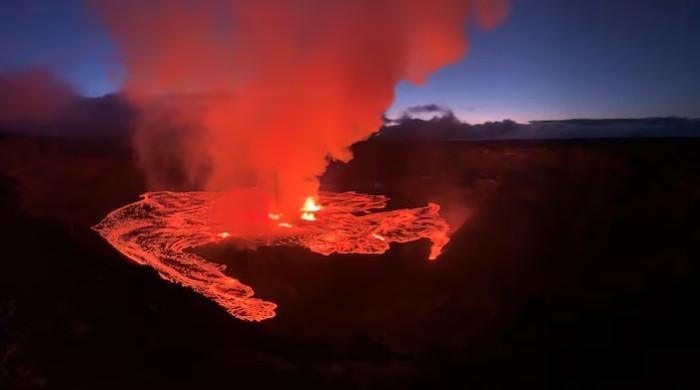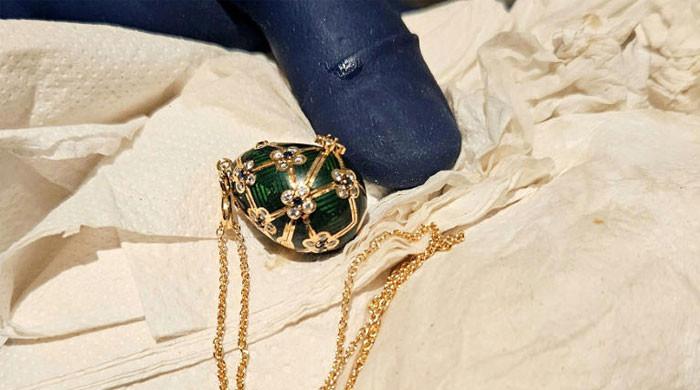Earth's oldest rocks discovered in Canada's Hudson Bay, scientists confirm
Research indicates Nuvvuagittuq Greenstone Belt harbours surviving fragments of Earth's oldest crust
June 27, 2025

- Two test methods put the rocks at 4.16 billion years old.
- Volcanic rocks date to primordial Earth's Hadean aeon.
- Rocks are surviving fragments of Earth's oldest crust.
Along the eastern shore of Hudson Bay in Canada's northeastern province of Quebec, near the Inuit municipality of Inukjuak, resides a belt of volcanic rock that displays a blend of dark and light green colours, with flecks of pink and black. New testing shows that these are Earth's oldest-known rocks.
Two different testing methods found that rocks from an area called the Nuvvuagittuq Greenstone Belt in northern Quebec date to 4.16 billion years ago, a time known as the Hadean aeon. The aeon is named after the ancient Greek god of the underworld, Hades, owing to the hellish landscape thought to have existed then on Earth.
The research indicates that the Nuvvuagittuq Greenstone Belt harbours surviving fragments of Earth's oldest crust, the planet's outermost solid shell. The Nuvvuagittuq rocks are mainly metamorphosed volcanic rocks of basaltic composition. Metamorphosed rock is a kind that has been changed by heat and pressure over time. Basalt is a common type of volcanic rock.
The rocks tested in the new study were called intrusions. That means they formed when magma - molten rock - penetrated existing rock layers and then cooled and solidified underground.
The researchers applied two dating methods based on an analysis of the radioactive decay of the elements samarium and neodymium contained in them. Both produced the same conclusion - that the rocks were 4.16 billion years old.
Future chemical analyses of these rocks could provide insight into Earth's conditions during the Hadean, a time shrouded in mystery because of the paucity of physical remains.
"These rocks and the Nuvvuagittuq belt being the only rock record from the Hadean, they offer a unique window into our planet's earliest time to better understand how the first crust formed on Earth and what were the geodynamic processes involved," said University of Ottawa geology professor Jonathan O'Neil, who led the study published on Thursday in the journal Science.
The rocks may have formed when rain fell on molten rock, cooling and solidifying it. That rain would have been composed of water evaporated from Earth's primordial seas.
"Since some of these rocks were also formed from precipitation from the ancient seawater, they can shed light on the first oceans' composition, temperatures and help establish the environment where life could have begun on Earth," O'Neil said.
Until now, the oldest-known rocks were ones dating to about 4.03 billion years ago from Canada's Northwest Territories, O'Neil said.
While the Nuvvuagittuq samples are now the oldest-known rocks, tiny crystals of the mineral zircon from western Australia have been dated to 4.4 billion years old.
The Hadean ran from Earth's formation roughly 4.5 billion years ago until 4.03 billion years ago. Early during this aeon, a huge collision occurred that is believed to have resulted in the formation of the moon. But by the time the Nuvvuagittuq rocks formed, Earth had begun to become a more recognisable place.
"The Earth was certainly not a big ball of molten lava during the entire Hadean aeon, as its name would suggest. By nearly 4.4 billion years ago, a rocky crust already existed on Earth, likely mostly basaltic and covered with shallow and warmer oceans. An atmosphere was present, but different from the present-day atmosphere," O'Neil said.
There had been some controversy over the age of Nuvvuagittuq rocks.
As reported in a study published in 2008, previous tests on samples from the volcanic rock layers that contained the intrusions yielded conflicting dates - one giving an age of 4.3 billion years and another giving a younger age of 3.3 to 3.8 billion years. O'Neil said the discrepancy may have been because the method that produced the conclusion of a younger age was sensitive to thermal events that have occurred since the rock formed, skewing the finding.
The new study, with two testing methods producing harmonious conclusions on the age of the intrusion rocks, provides a minimum age for the volcanic rocks that contain these intrusions, O'Neil added.
"The intrusion would be 4.16 billion years old, and because the volcanic rocks must be older, their best age would be 4.3 billion years old, as supported by the 2008 study," O'Neil said.









